Achy tendons and joints are the bane of hard-training athletes. Sound familiar? Learn the research-based strategy for developing stronger, healthier tendons and pulleys.
For a passionate rock climber, tweaky tendons and sore elbows can stall your training advances—and maybe even ruin your climbing season. Sound familiar?
If so, you’ll be excited to learn that recent research has discovered ways that you can promote healthier and stronger connective tissues! You can delve deeper into the fascinating scientific details by reading the articles under the “Science” dropdown menu at PhysiVantage.com, but here’s the short version.
Tendons Are Plastic, Not Static
Tendons and ligaments have been traditionally viewed as inert structures that did not respond to regular training and nutrition tactics, except in response to injury. Over the last decade, however, researchers have discovered that connective tissues are in fact “smart tissues”. This means they can sense and adapt to chronic mechanical loading. Via specific training and nutritional interventions, climbers can in fact improve the strength of their ligaments, tendons, and muscle matrix. Strength in these areas translates to better performance (via a higher rate of force development and increase muscle efficiency) and reduced injury risk (via increasing collagen synthesis in tendons and ECM). These findings are revolutionary for climbers who train hard and possess the discipline to employ these techniques!
Tendons and Ligaments Compared to Muscle Fibers
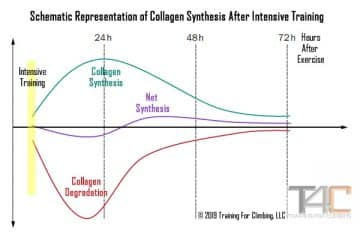
While well-perfused muscle recovers rather quickly (typically in 24 – 48 hours), connective tissues can take 48 – 72 hours or more to recover from an intense workout or day of hard climbing. Submaximal climbing and training are possible during this recovery period, but back-to-back days of high-intensity or high-volume training will result in a homeostasis perturbation that may come across as slight transient pain in your finger tendon pulleys, elbows, and shoulders. Chronic over-training and under-resting may escalate the condition to the point of an acute tear (e.g. A2 pulley) or tendinosis. This may help explain why climbers and other elite strength/power athletes so frequently succumb to tendinopathy, and incur tendon and ligament injury at a higher rate than other athletes.
How to Nourish Tendons and Ligaments
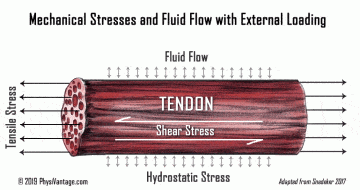
Now consider that climbers (like other serious power athletes) tend to train and perform largely on an empty stomach. Significant meals are typically consumed post-workout, which great for nourishing muscles but less than ideal for nourishing tendons. The resulting undernourishment of connective tissues, combined with chronic intensive training and climbing, then leads to progressive degradation of the most strained tendons and ligaments.
The bottom line: You can best nourish connective tissues 30 to 60 minutes before training, whereas the optimal feeding time of muscle is during the post-workout period of elevated blood flow.
Supercharged Collagen
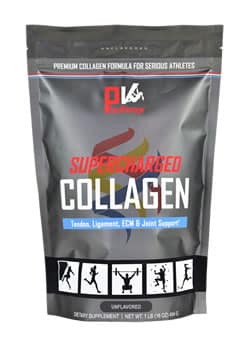
Support stronger, healthier fingers! Learn more >>
The collagen structure of tendons and ligaments consists of a repeating sequence of amino acids. Glycine makes up one of every three amino acids. Proline or hydroxyproline cover another third of the amino acid chain. Hydrolyzed collagen has been shown to spike serum glycine and proline concentrations within one hour. This practice bathes tendons and ligaments with glycine, proline, and hydroxyproline during a workout, climbing, or rehabilitative session.
Studies by Greg Shaw and Keith Baar have shown that consuming vitamin C-enriched hydrolyzed collagen before tendon and ligament training approximately doubles collagen synthesis after exercise. Interestingly, consuming hydrolyzed collage without vitamin C did not lead to an increase in collagen synthesis! This is not surprising, however, as vitamin C is an essential co-factor in collagen synthesis. In a fasted pre-workout state, vitamin C levels in the blood and tissues remain too low to support collagen synthesis. Therefore, Grandma’s “hair & skin support” hydrolyzed collagen won’t be as effective for feeding the highly-stressed connective tissues of climbers.
Maximizing the synergy of these training and nutritional interventions requires proper timing of the right exercises and the right nutrients. To provide tendon cells with the necessary amino acids for strengthening structural and force transfer proteins, you must consume the vitamin C-enriched hydrolyzed collagen 30 to 60 minutes before training. Supercharged Collagen from PhysiVantage is the only product designed specifically for hard-training climbers and other tendon-straining power athletes! Supercharged Collagen is further enhanced with the anabolic-signaling amino acid l-leucine and, additionally, further fortified with l-tryptophan. This makes Supercharged Collagen the only collagen powder on the market that is both a complete protein source and vitamin-C enriched.
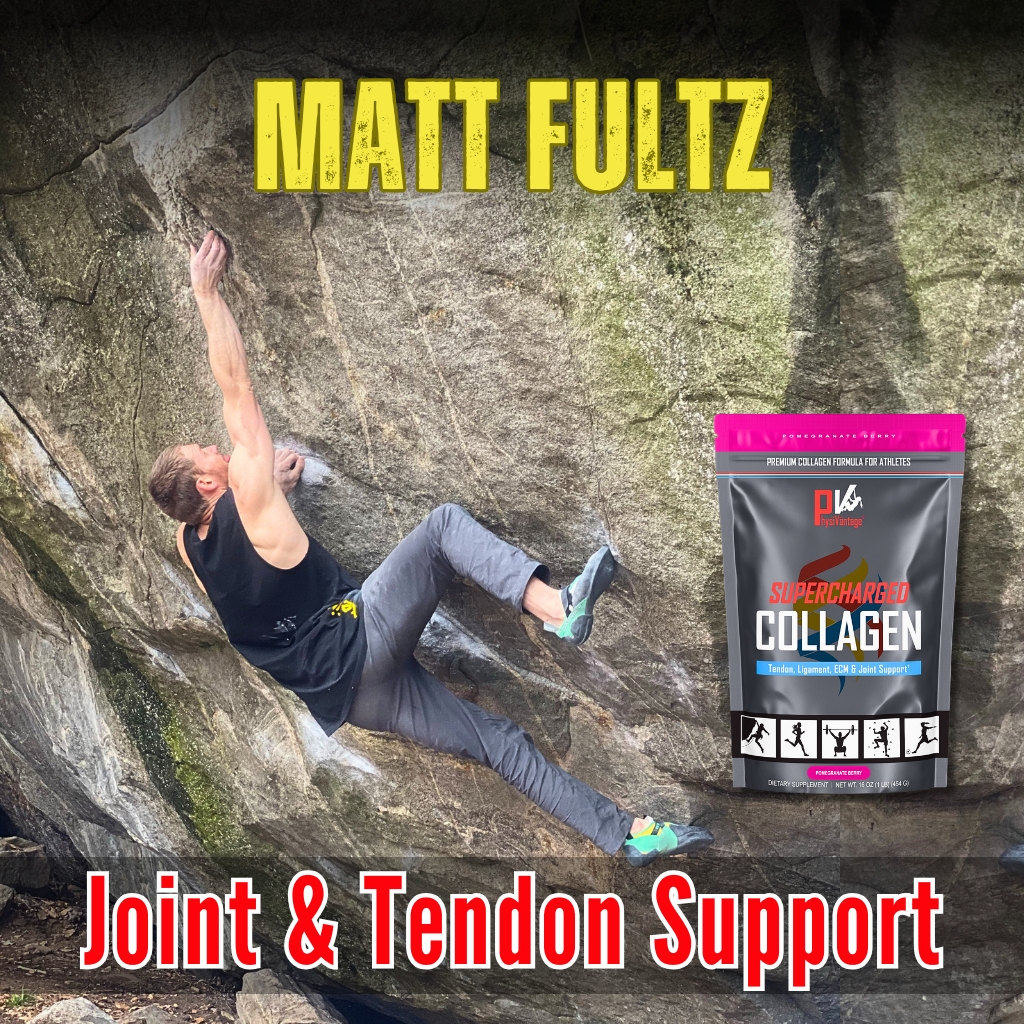
Top Doctors and Physiotherapists Recommend Collagen Supplementation
Once controversial, daily collagen supplementation is now widely embraced by leading doctors, researchers, physiotherapists, and athletes. The science is clear—and the endorsements are growing louder.
Here’s what some of the most trusted voices in health and performance are saying:
🧬 Dr. Peter Attia’s Targeted Use of Collagen
Dr. Attia recommends collagen supplementation for supporting joint, tendon, and skin health. As a Masters athlete himself, Dr. Attia incorporates collagen as part of his broader nutritional strategy to maintain structural integrity and resilience, especially given his high-volume training lifestyle.
🧬 Dr. Kelly Starrett: Physiotherapist to the Pros
Author of Becoming a Supple Leopard, Dr. Starrett champions collagen for supporting connective tissues and joint resilience. He recommends pairing it with vitamin C and taking it pre-activity to enhance collagen synthesis and tissue repair.
🧬 Huberman Lab’s Position on Collagen Supplementation
Dr. Huberman suggests a daily intake of 15 to 30 grams of hydrolyzed collagen peptides. He emphasizes that combining collagen with vitamin C can enhance its effectiveness, as vitamin C plays a crucial role in collagen synthesis.
Related Articles:
-
Latest Research Supports Multiple Benefits of Daily Collagen Use
- Benefits of Supplemental Protein for Climbers
- 5 Reasons Why Strong Fingers Equals Better Climbing
- The Secret to Stronger Fingers When It Counts
- 3 Hangboard Tests to Gauge Your Climbing Ability

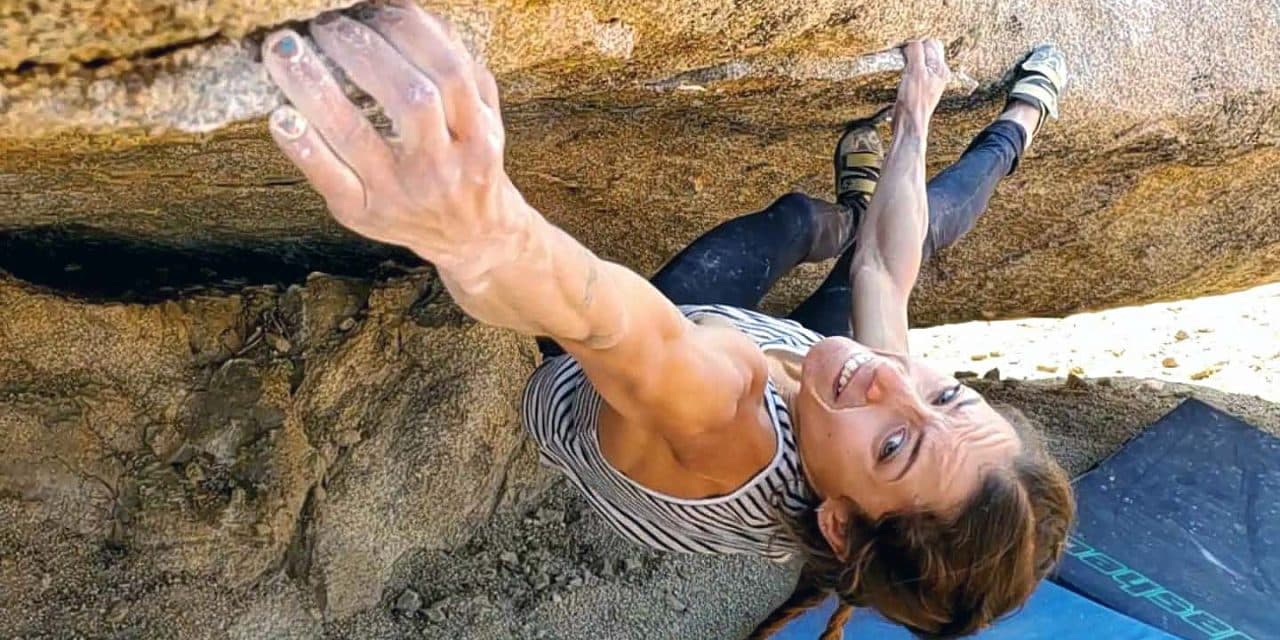
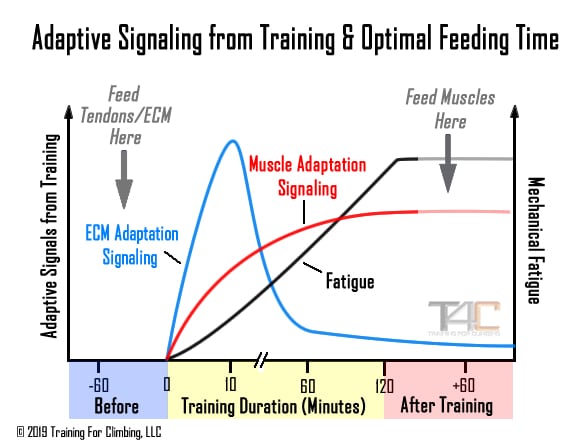
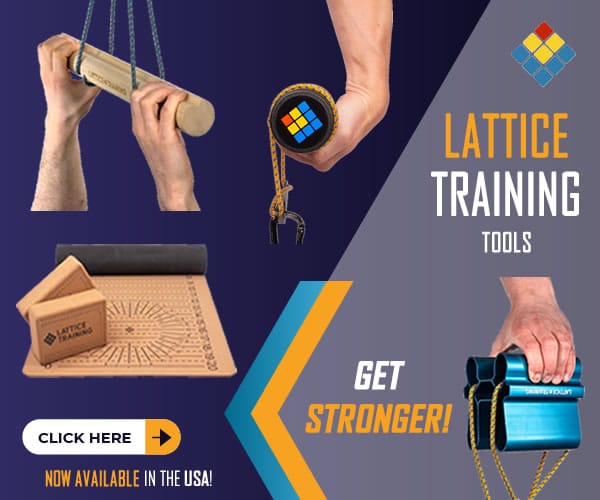
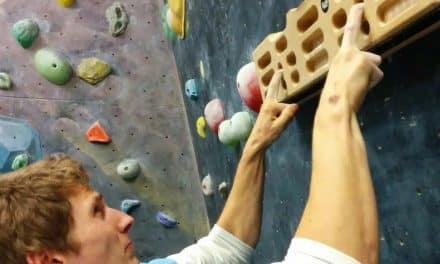
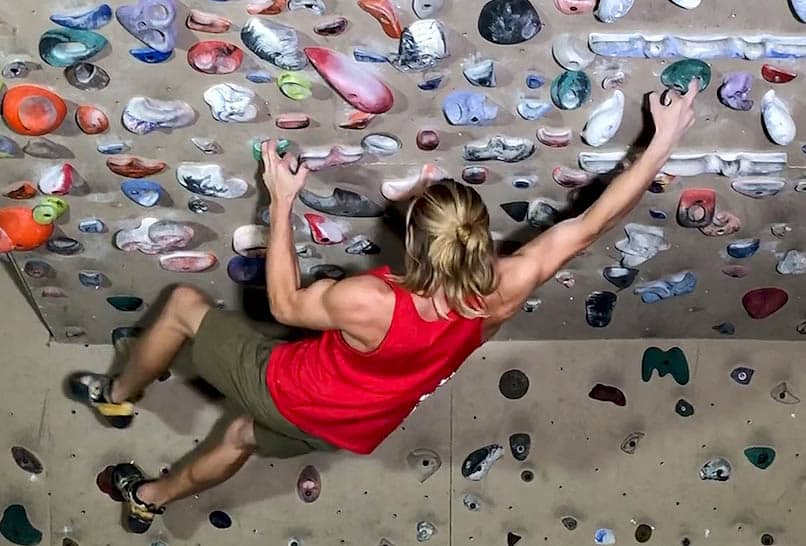
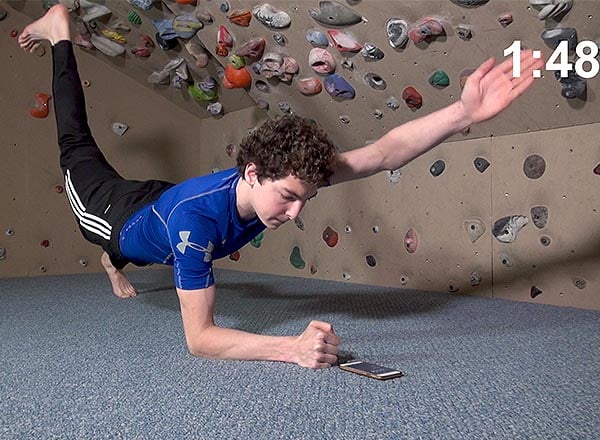
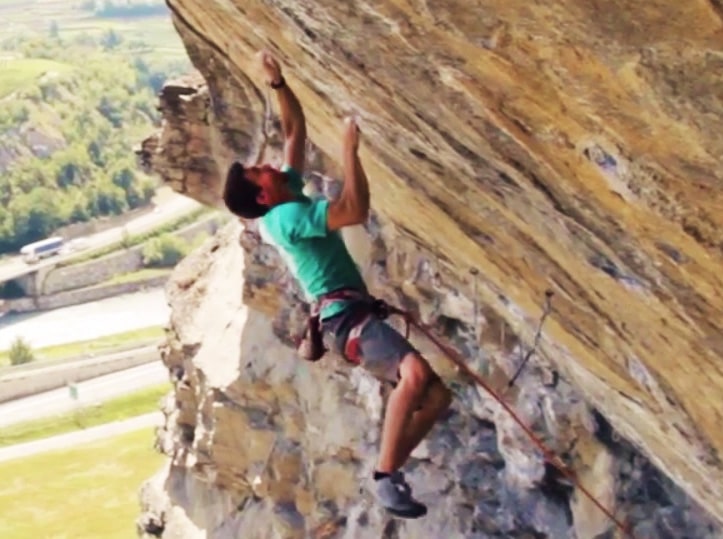

![🚨New Training For Climbing podcast drop! [**Link in bio.**]
This a two-part deep dive into designing a comprehensive, long-term systems approach to training. Coach @eric_horst unpacks—in rich detail—how systems actually function, and he highlights how transformative climbers throughout history “shake up the box” with innovative, highly effective methods to achieve big goals and push the boundaries of our sport.
In Part 1 (#122), Eric blends a concise climbing history lesson with an engineer-like breakdown of how intelligent systems operate. Part 2 (#123) of this series will deliver the actionable strategies you can use to build a personalized, high-performance training system for this winter…and for many seasons to come.
Eric emphasizes that as climbers progress beyond the beginner stage, climbing and training grow increasingly complex—requiring intentional, organized, and year-round development of strength, technique, mental skills, recovery habits, nutrition, and lifestyle management. Rather than ad-lib sessions or singular-focus programs (like only training strength), climbers need a comprehensive system fine-tuned daily and seasonally.
This is an entertaining and thought-provoking episode—so lean in, listen closely, and get ready to feel inspired, challenged, and equipped to level-up your modus operandi at the crag, in the gym, at home, and in everything you do! Listen on Apple Podcasts, Spotify, or online using the web player below.
#climbingtraining #bouldering #indoorclimbing #climbing #climbingpodcast #erichorst #trainingforclimbing @lasportivana @physivantage](https://trainingforclimbing.com/wp-content/plugins/instagram-feed/img/placeholder.png)

